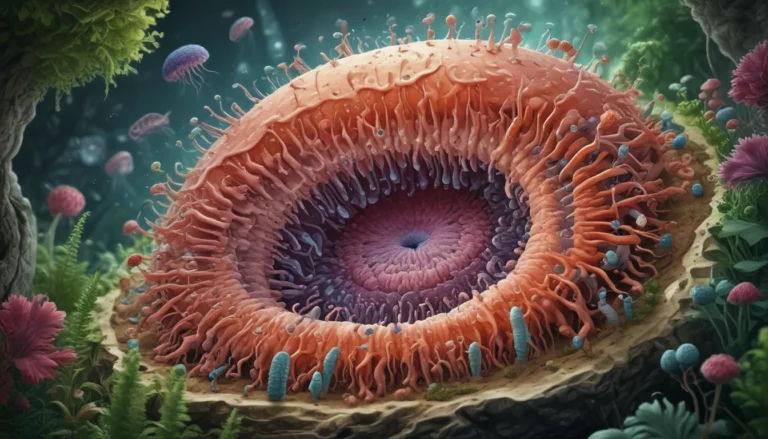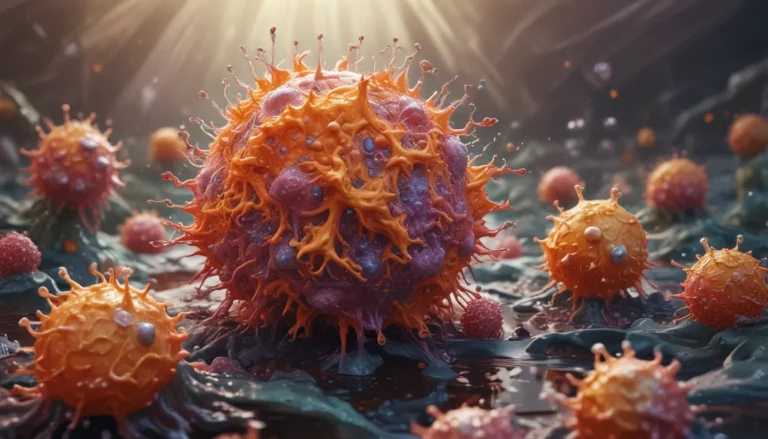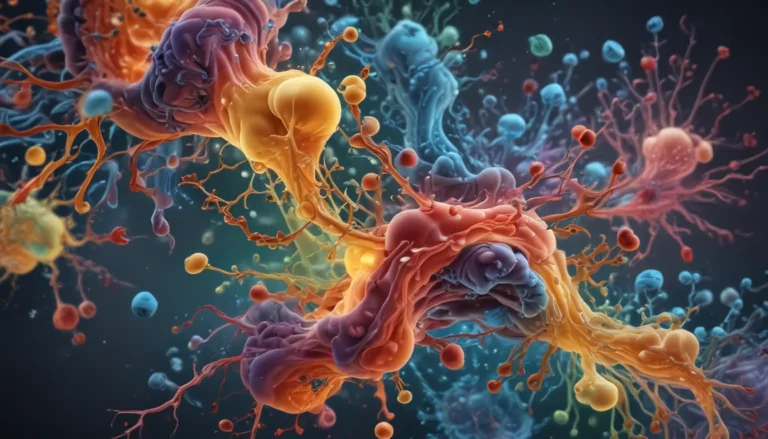A Note About Images: The images used in our articles are for illustration purposes only and may not exactly match the content. They are meant to engage readers, but the text should be relied upon for accurate information.
Pluripotency is a captivating concept that lies at the core of biological research, offering immense possibilities for medical advancements and regenerative therapies. Stem cells endowed with this remarkable ability have the potential to revolutionize the fields of medicine and healthcare. In this article, we will embark on a journey through the intriguing world of pluripotency, unraveling its mysteries and exploring its promising applications for the future.
Unveiling the Enigma of Pluripotency
Pluripotency refers to the extraordinary capability of stem cells to differentiate into any cell type in the human body. This unique characteristic enables these cells to give rise to a diverse array of specialized cells, including neurons, muscle cells, and blood cells. Embryonic stem cells are renowned for their pluripotent nature, laying the foundation for the development of various tissues and organs in the human body.
The Versatility of Pluripotent Stem Cells
Pluripotent stem cells hold significant promise in the field of regenerative medicine, offering potential treatments for a wide range of diseases and injuries. Induced pluripotent stem cells (iPSCs) represent a groundbreaking advancement in this field, as they are reprogrammed adult cells possessing pluripotent properties similar to embryonic stem cells. Researchers can harness the power of iPSCs to study diseases, test new drugs, and even create personalized treatments tailored to individual patients.
Deciphering the Mechanisms of Pluripotency
Specific transcription factors such as Oct4, Sox2, and Nanog play pivotal roles in regulating pluripotency in stem cells. These factors are instrumental in maintaining the pluripotent state of cells and influencing their differentiation potential. Epigenetic modifications also play a crucial role in determining the stability and differentiation capabilities of pluripotent stem cells, highlighting the complex nature of pluripotency regulation.
The Impact of Pluripotency on Research and Medicine
Pluripotency research not only enhances our understanding of development and disease but also paves the way for significant advancements in drug discovery, tissue engineering, and organ transplantation. Scientists can leverage pluripotent stem cells to create tissue models for drug testing, reduce reliance on animal testing, and develop functional tissues and organs for transplantation. Pluripotency also offers exciting possibilities for modeling genetic diseases and exploring personalized medicine approaches.
Navigating the Future of Pluripotency
As we delve deeper into the realm of pluripotency, we uncover a wealth of opportunities and challenges. The dynamic nature of pluripotency, influenced by cellular signaling pathways and extracellular matrix components, underscores the complexity of stem cell behavior. Pluripotent stem cells’ ability to self-renew indefinitely opens up avenues for continuous research and therapeutic applications. With ongoing advancements in pluripotency research, the future holds tremendous promise for groundbreaking discoveries and innovative medical interventions.
Empowering Education and Exploration
The captivating world of pluripotency invites us to explore its limitless potential and unravel its profound implications for human health and well-being. By understanding the mechanisms that govern pluripotency, we can unlock new possibilities for regenerative medicine, disease modeling, and personalized treatments. Join us on this enlightening journey through the wonders of pluripotency, where each discovery brings us closer to realizing the transformative power of stem cells in shaping the future of healthcare.
FAQs: Answering Your Burning Questions
-
What is pluripotency?
Pluripotency refers to the ability of certain cells to differentiate into multiple cell types in the body, offering a wide range of potential applications in research and medicine. -
How are pluripotent stem cells utilized in research and medicine?
Pluripotent stem cells serve as valuable tools for studying disease mechanisms, testing new drugs, and developing personalized treatments, showcasing their immense versatility and utility. -
What challenges and ethical considerations are associated with pluripotent stem cell research?
Ethical considerations surrounding the use of embryonic stem cells and challenges related to ensuring safety and efficacy in cell-based therapies are essential aspects of pluripotent stem cell research that require careful consideration and resolution. -
How does pluripotency impact our understanding of human development?
Studying pluripotency provides valuable insights into the intricate processes that govern human development, shedding light on developmental disorders and potential therapeutic interventions. -
Can pluripotent stem cells be harnessed for disease treatment?
Pluripotent stem cells offer promising avenues for treating diseases and injuries by generating healthy cells for transplantation; however, further research is needed to address critical challenges before widespread clinical applications can be realized.
Conclusion: Embracing the Marvels of Pluripotency
In conclusion, pluripotency stands as a beacon of hope and innovation in the realm of biological science and healthcare. The remarkable abilities of stem cells to differentiate into diverse cell types hold the key to unlocking revolutionary advancements in regenerative medicine, drug development, and personalized therapies. By embracing the wonders of pluripotency and delving into its complexities, we set the stage for a future enriched by groundbreaking discoveries and transformative medical interventions. Join us in our quest to explore the captivating world of pluripotency, where each revelation brings us closer to a brighter future for humanity.
Sources:
– https://www.nature.com/
– https://www.nature.com/articles/nbt808
(Note: The facts presented in this article are based on credible sources and have been curated to provide valuable insights into the fascinating world of pluripotency.)






